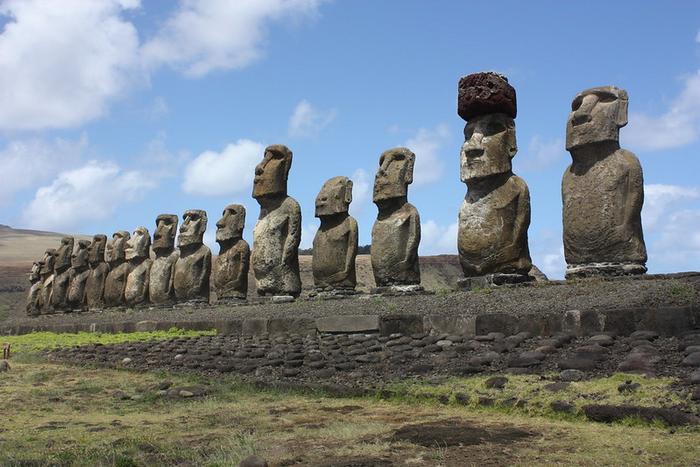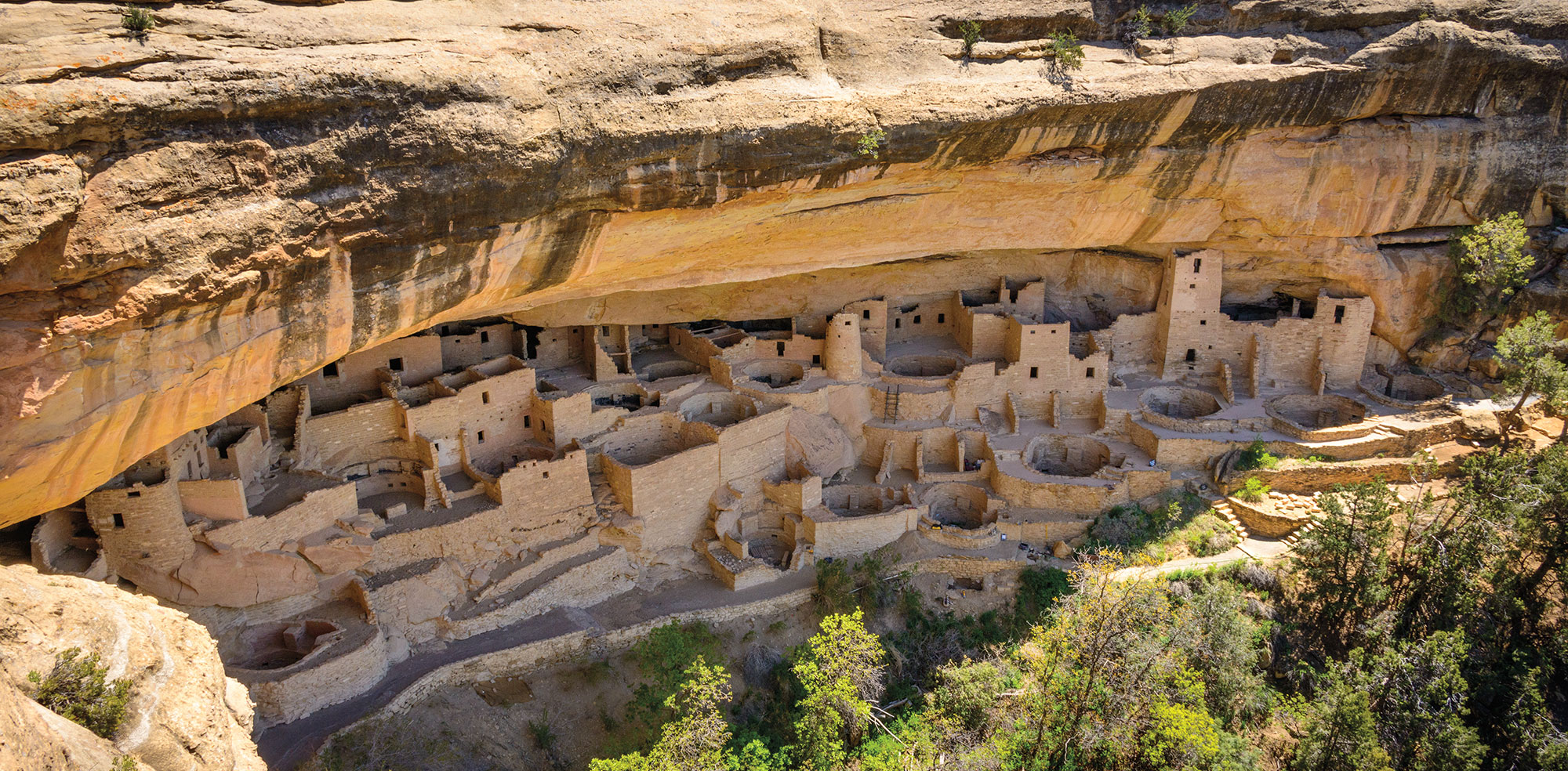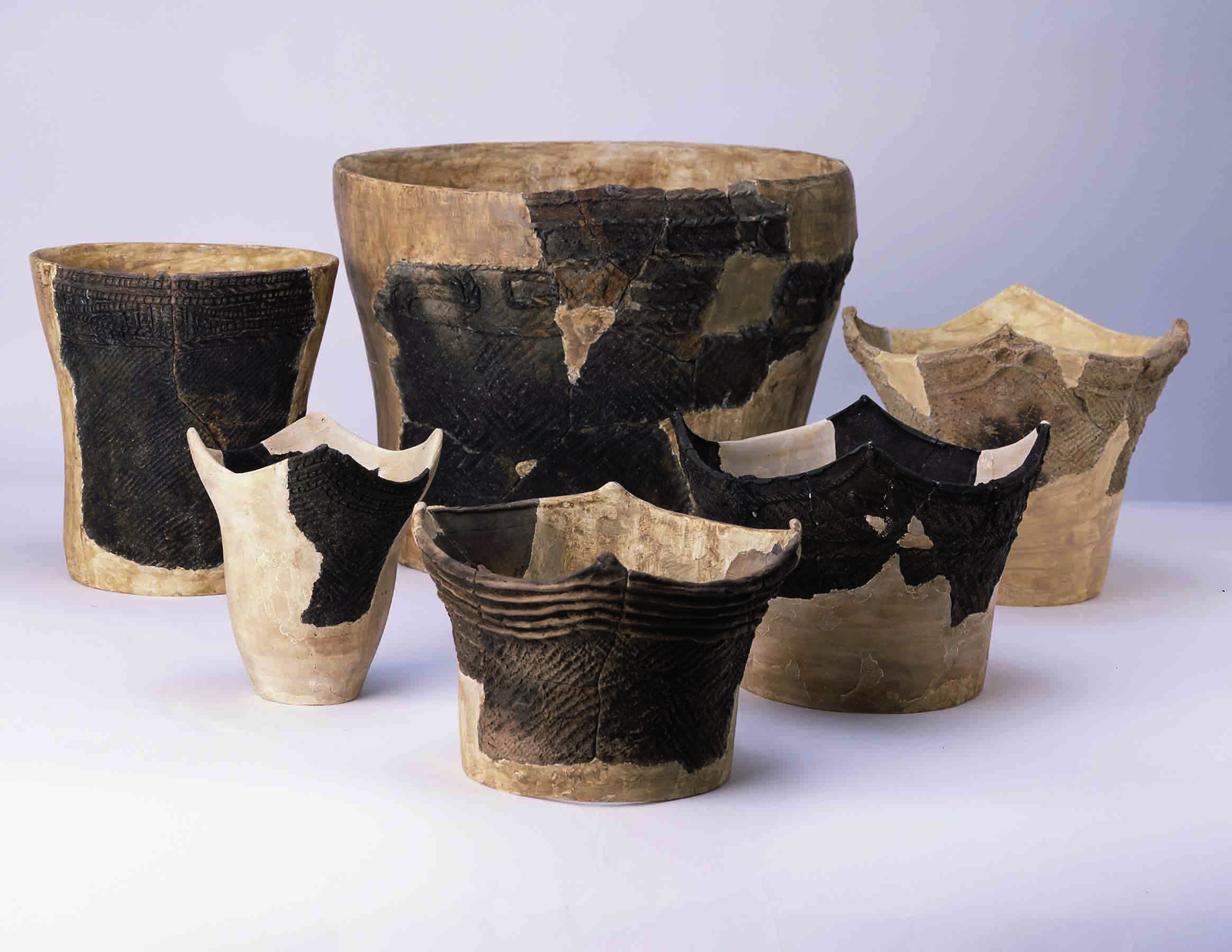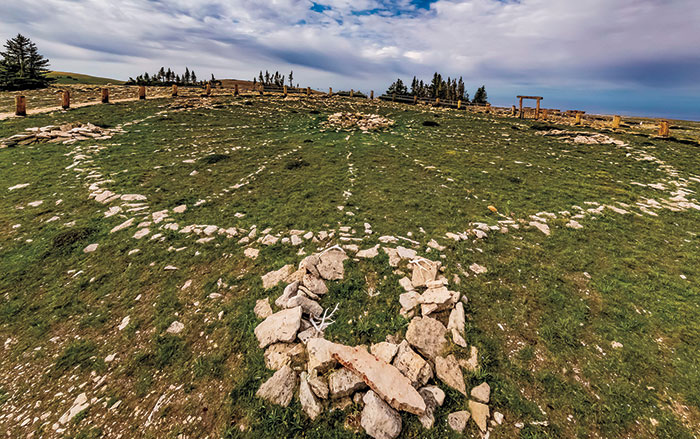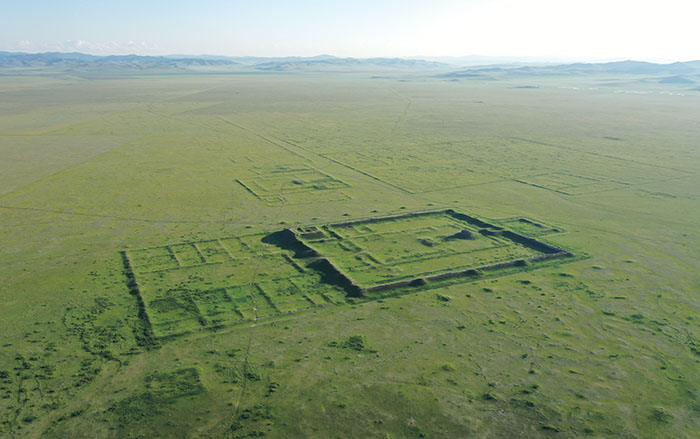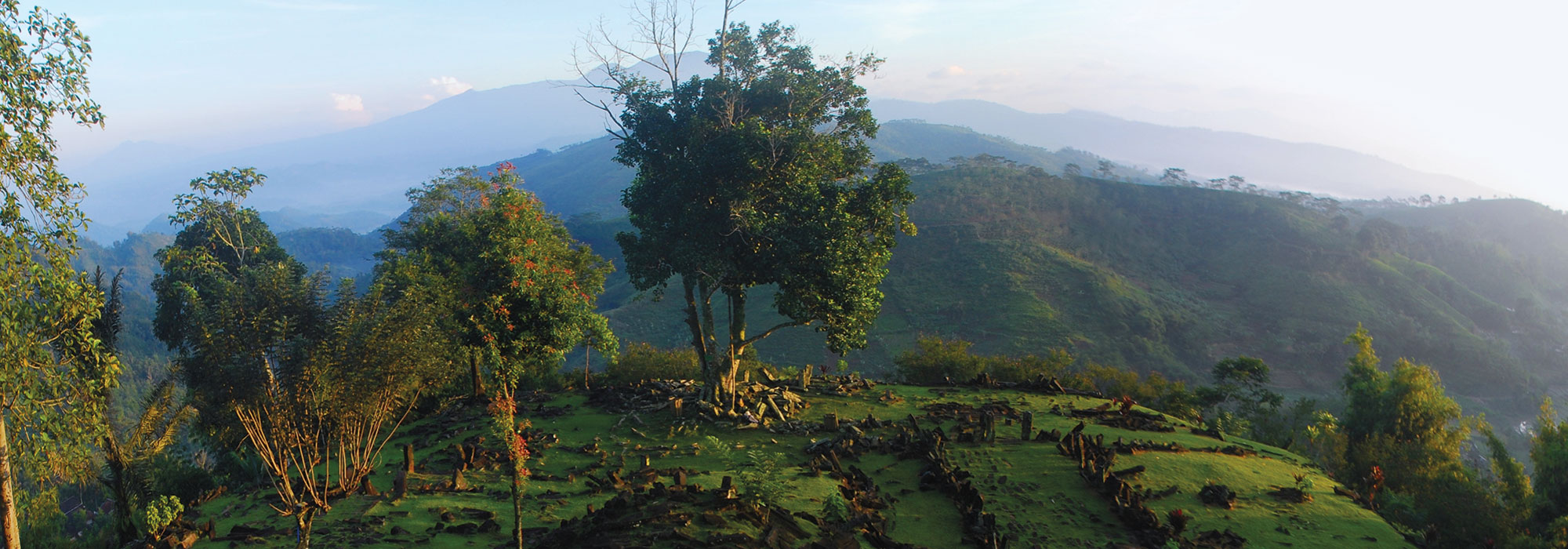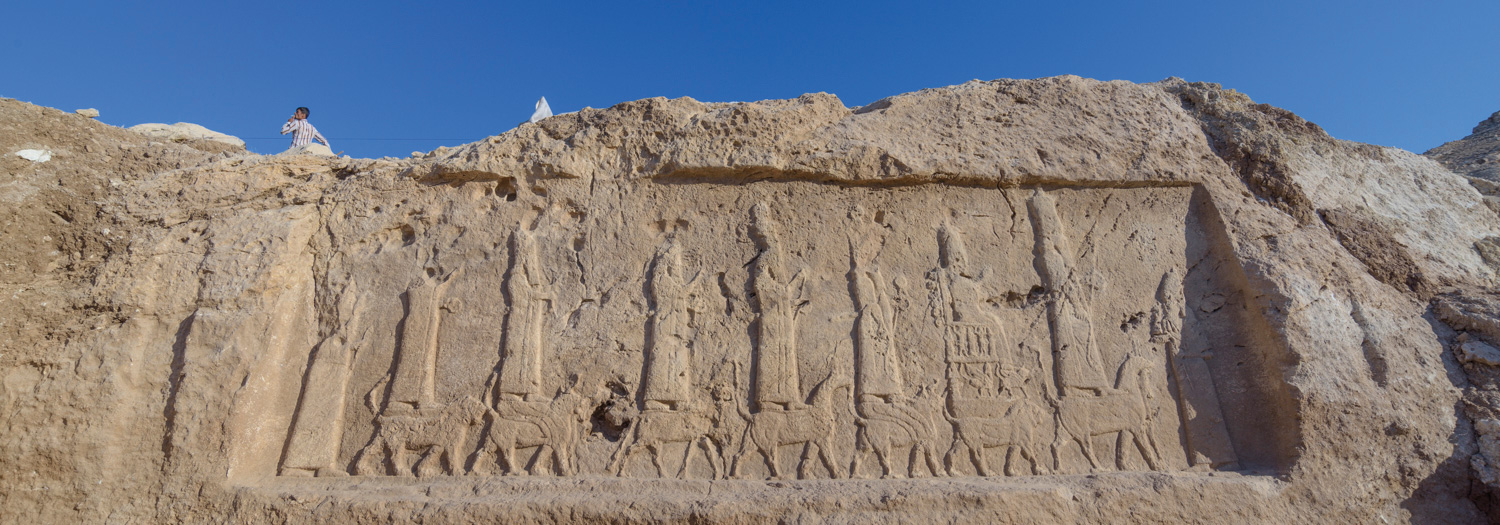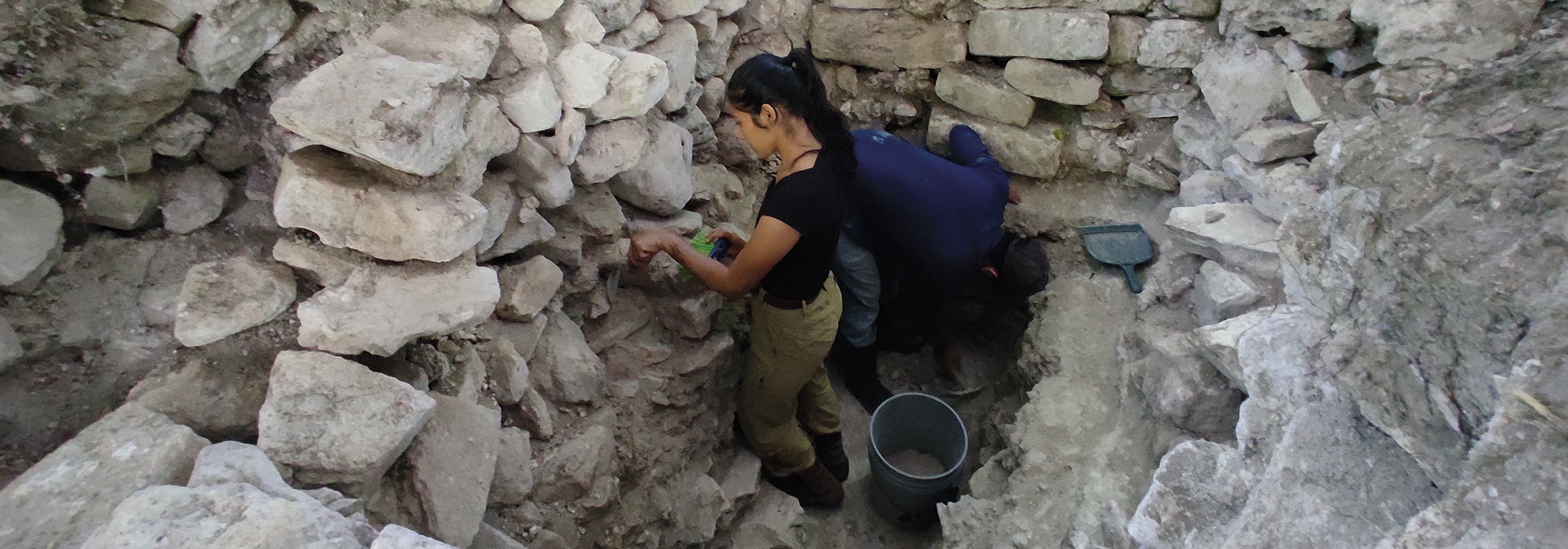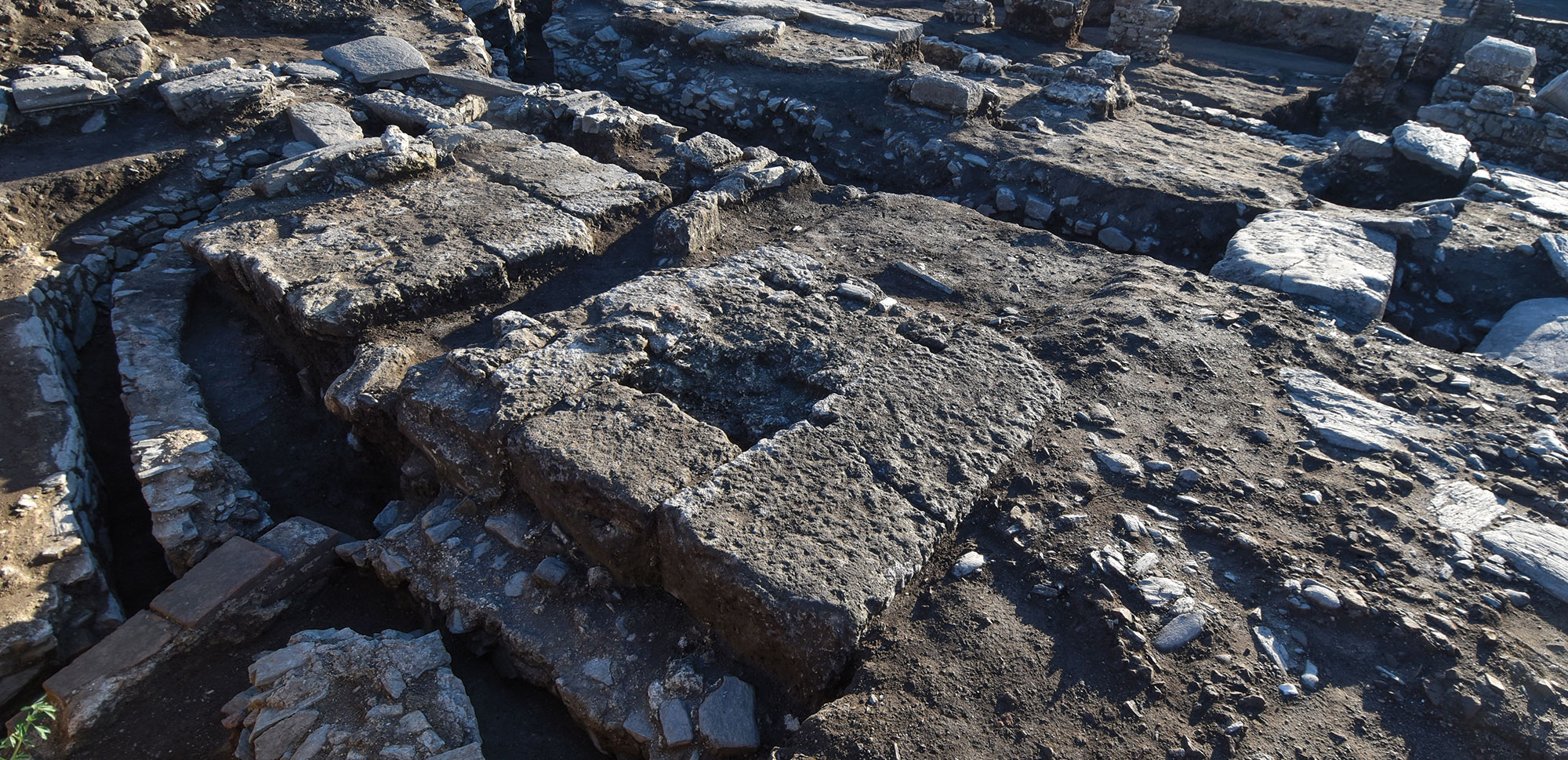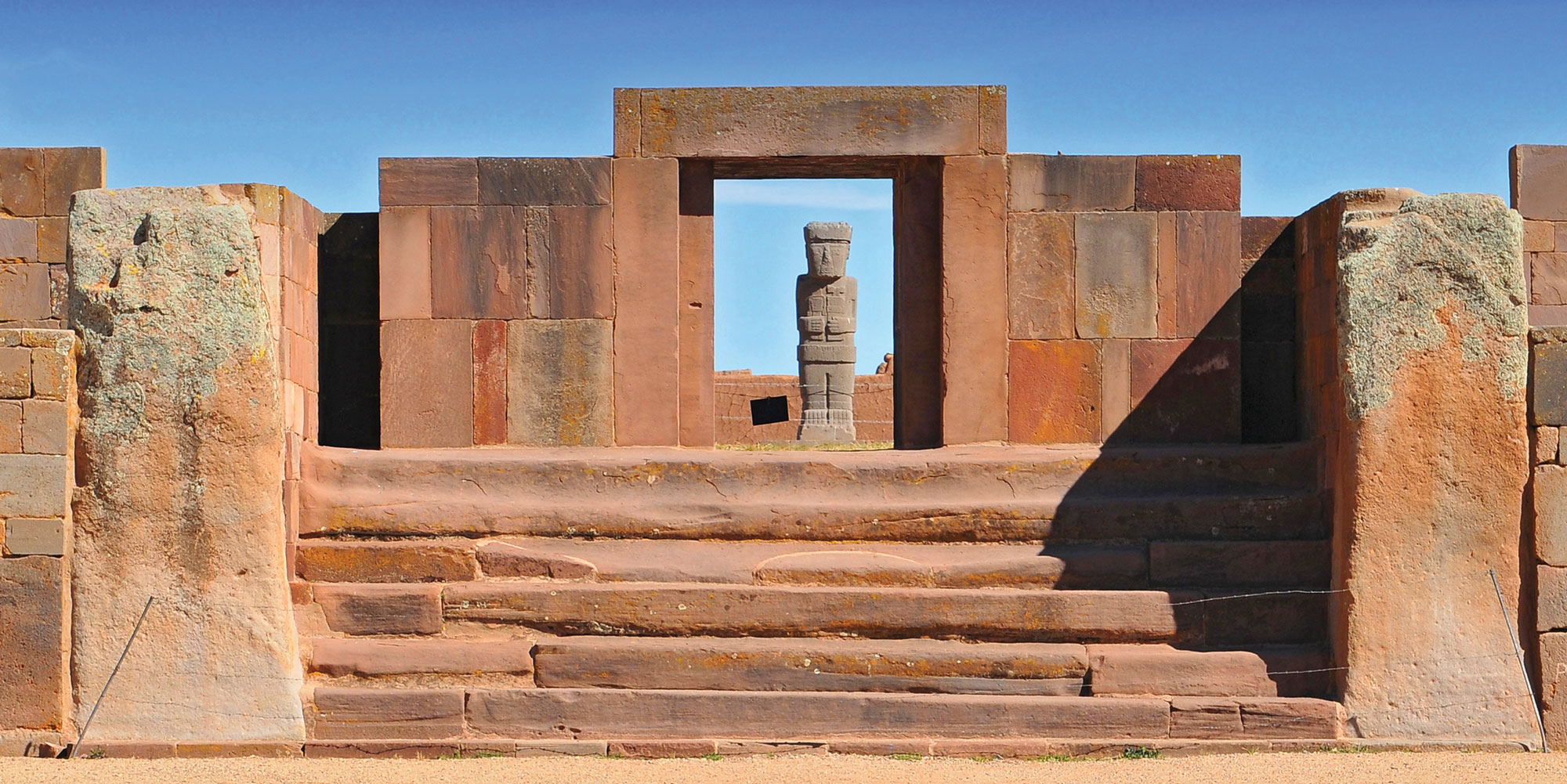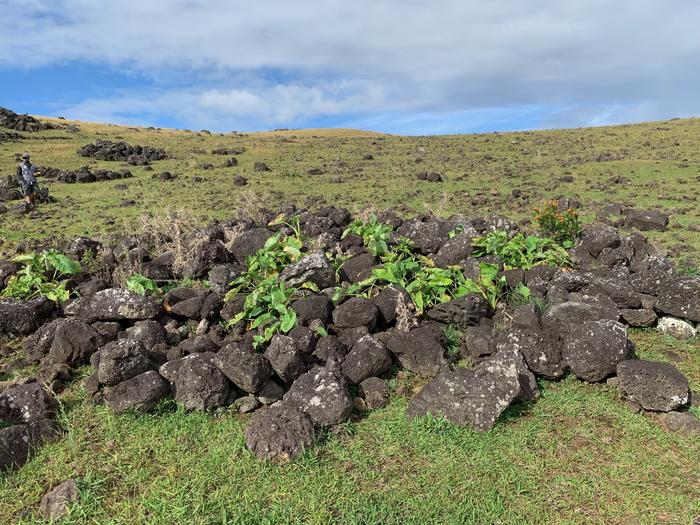
NEW YORK, NEW YORK—According to a Science News report, a new study of Rapa Nui led by archaeologist Dylan Davis of Columbia University suggests that a small, stable population lived on the island before the arrival of Europeans. It had been previously suggested that the population had grown so large that it exhausted the island’s resources and collapsed. And while it has been shown that the Rapa Nui grew crops in rock gardens, where the rocks enriched the volcanic soil, prevented the evaporation of rainwater, and protected crops from the wind, it is not known how many rock gardens were planted, nor how much food they produced. Davis and his colleagues conducted ground surveys to look for chemical traces of rock gardens in the soil, and then used machine-learning models to place possible garden sites in satellite images of the landscape. The best-performing model in the study was able to identify known rock gardens about 83 percent of the time, Davis explained. Overall, the new analysis suggests that just 185 of the island’s more than 40,000 acres were cultivated. Davis also calculated that those rock gardens could have only produced enough food, supplemented with fish, to support about 3,900 individuals. Critics of the study contend that many of the island’s known rock garden sites, such as those on the slopes of a large volcano, were missed by the researchers, and that agricultural practices other than rock farming were not considered. It has also been suggested that future studies could attempt to determine how many rock gardens may have been under cultivation at a time. Read the original scholarly article about this research in Science Advances. To read about a new moai sculpture recently unearthed on Rapa Nui, go to "Around the World: Chile."


